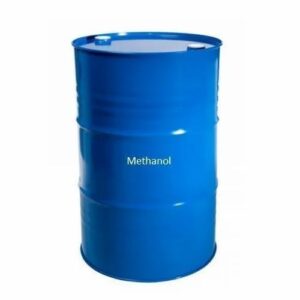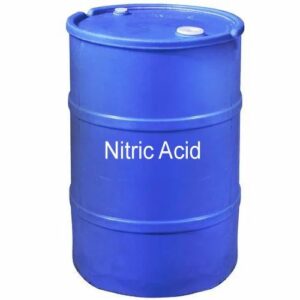Description
Features
- Silver Compound: Silver nitrate (AgNO3) is a chemical compound containing silver ions.
- Solubility: It is highly soluble in water, allowing for easy preparation of solutions.
- White Crystalline Solid: Silver nitrate typically appears as white, odorless crystals.
- Photosensitivity: It is photosensitive and darkens when exposed to light.
- Antibacterial Properties: Silver nitrate has antibacterial and antifungal properties, making it useful for medical applications.
Benefits
- Medical Applications: Used in medicine for its cauterizing and antimicrobial properties, particularly in wound care and ophthalmology.
- Chemical Reactions: It serves as a versatile reagent in various chemical reactions, including the synthesis of other silver compounds.
- Laboratory Use: Valuable in laboratory settings for analytical chemistry, including the detection of halide ions.
- Photography: Historically, silver nitrate was used in photography for its light-sensitive properties, although digital technology has largely replaced this application.
- Skin Conditions: Silver nitrate is used in the treatment of certain skin conditions, such as warts and burns, due to its caustic and disinfectant properties.
PHYSICAL PROPERTIES
- Silver nitrate has a molar mass of 169.872 grams per mole.
- In its solid state, AgNO3 appears colourless and has no odour.
- It weighs 4.35 grams per cubic centimetre when it is solid. 3.97 g/cm3 is the equivalent to its density in the liquid state at 210 oC.
- Silver nitrate has respective melting and boiling temperatures of 482.8 K and 713 K. However, at temperatures close to its boiling point, this molecule starts to break down.
- Like the majority of ionic compounds, silver nitrate readily dissolves in water. It dissolves in water with a solubility of 122 g per 100 mL at 0 oC and 256 g per 100 mL at 25 oC.
- Orthorhombic crystals make up AgNO3’s structure.





Reviews
There are no reviews yet.